All the hype online and in social media about “detox diets” and “cleanses” is just that—hype.
Eating only certain foods and drinking weird “cleanse” concoctions do not, according to the National Institutes of Health (NIH), eliminate toxins from the body. Your liver does that, drawing on iron and calcium in your diet to draw toxins out and excrete it when you use the bathroom.
And detox diets don’t work for weight loss, either. A 2017 review of these diets found that while they can lead to initial weight loss due to calorie restriction, they often lead to weight gain in the long run.
That doesn’t mean there aren’t toxic chemicals in your home—there are, though usually they’re in small enough amounts that your body can fend them off. But if you’re worried about potentially disease- and obesity-causing chemicals, consider replacing or throwing out these six toxins at home to reduce your exposure.
1. Throw it Out: Products with “Fragrances”
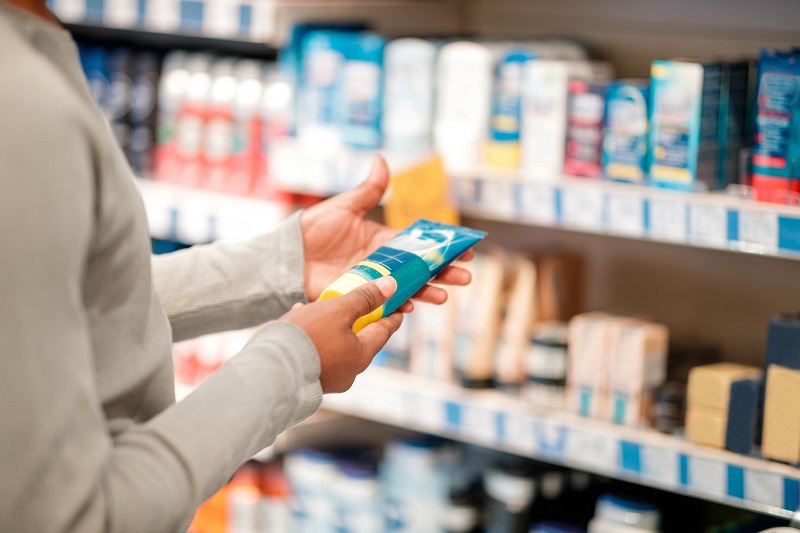
Certain types of chemicals in the air and in products you buy can mimic or block the hormones your body makes. Called “endocrine disruptors,” these chemicals can cause fertility problems and lead to certain cancers.
One type of endocrine disruptor that’s very common in plastic production are a chemical called phthalates. According to the NIH, the effects of these chemicals on humans are still not fully known, but they cause reproductive health and developmental problems in animals. Phthalates are often found in products with fragrances, but the labels don’t always say “phthalates.” Instead, they may be listed with three- or four-letter abbreviations like DEP or DBP.
If you want to avoid excess exposure to these endocrine disruptors, and worry you can’t figure out which ones have them in their fragrances, you can opt for fragrance-free products. You can also look for the U.S. Environmental Protection Agency’s “Safer Choice” label, or use the EPA website to see a list of products that have this label.
2. Throw it Out: Old Nonstick Cookware
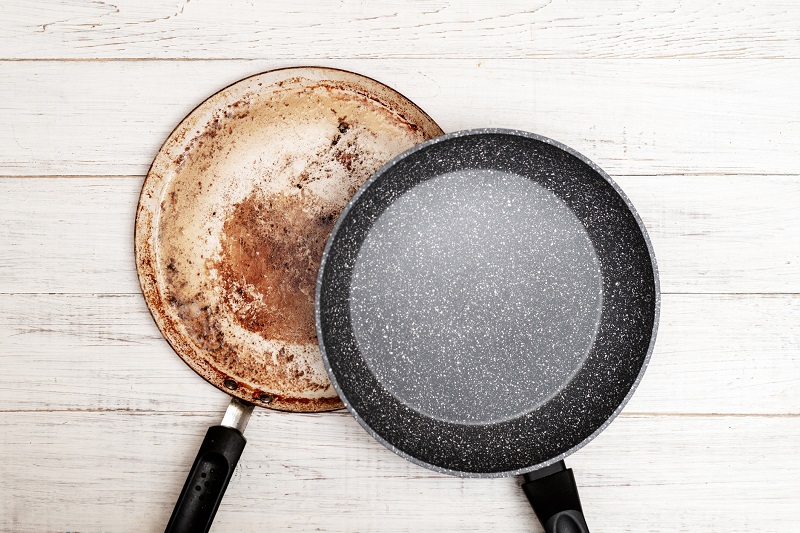
Another type of chemical called perfluorocarbons, or PFCs, are also endocrine disruptors. According to the NIH, exposure to these chemicals may be tied to low birth weight, obesity and certain cancers.
Certain PFCs are being phased out, including those that were previously used to make Teflon and other nonstick cookware. If you have an old, dinged nonstick pan, it could contain PFCs. To reduce your exposure to these chemicals, throw it out!
3. Throw it Out: Air Fresheners
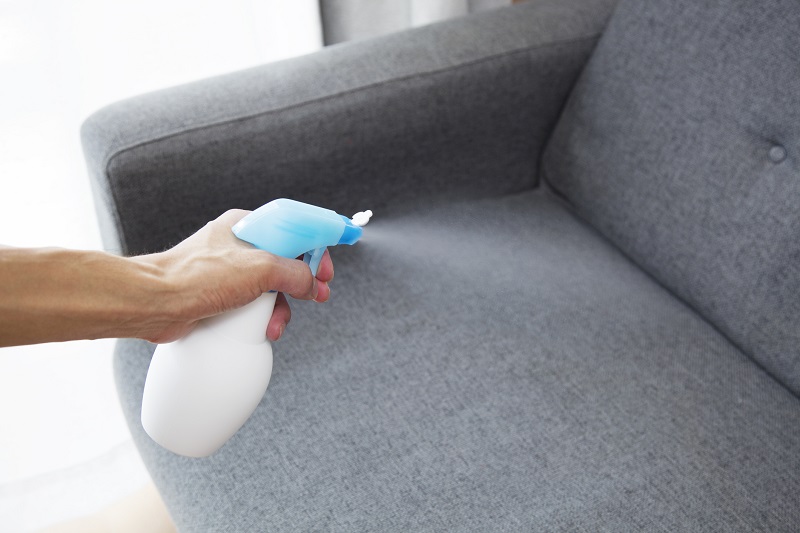
Volatile organic compounds, or VOCs, are a type of chemical used in the production of lots of different products, including adhesives, insect repellants and plastics. When absorbed through the skin or inhaled, these compounds can cause short-term effects like nausea, fatigue, vomiting and nosebleeds. But they can also cause longer-term effects like liver and kidney damage.
You can’t avoid VOCs completely, since they’re in lots of manufactured goods. But according to Harvard T.H. Chan School of Public Health, air fresheners are among the top emitters of these chemicals, including certain VOCs that have been linked to certain cancers. Even “green” and “natural” versions of air fresheners have these chemicals. If you can avoid using them, throw them out.
4. Replace It: Your Old Vacuum

Your vacuum isn’t creating toxins, but it may not be picking them up. A study from 2016 found that regular household dust has as many as 45 toxic chemicals in it, coming from cleaning products, inside cushions and from vinyl flooring. Phthalates, the same endocrine disruptor found in fragrances, was one of the most common.
To reduce the toxic chemicals in household dust, you can replace your worn-out vacuum with one that’s equipped with a high-efficiency particular air (HEPA) filter. These filters can trap the toxic dust.
5. Throw it Out: Leftover Rice
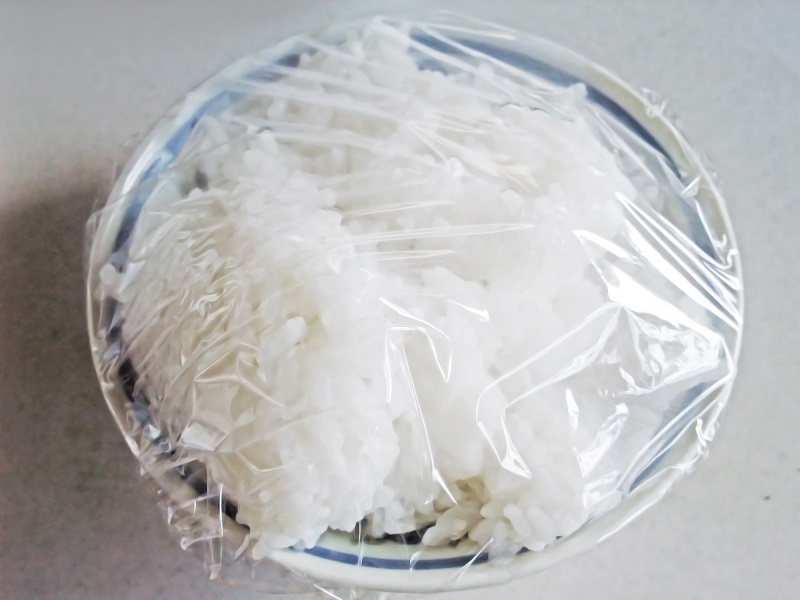
When rice is left out to cool at room temperature, it can cause food poisoning—and reheating it won’t help. Spores of a bacteria called Bacillus cereus can sometimes be found in rice, and they aren’t killed by reaching a cooking temperature.
If rice is left out on the stove or counter to cool, these spores can grow into bacteria that produces toxins that can make you sick. When you reheat the rice, the toxins remain—meaning you can still get sick, suffering from symptoms like nausea, diarrhea and vomiting.
To avoid this, the UK’s National Health Service (NHS) recommends putting rice in the refrigerator within an hour of cooking it, and eating it within a day.
6. Throw it Out: Chemical Weed Killer

A chemical found in the most popular chemical weed killers called glyphosate has been linked to several cancers by the World Health Organization. And the Centers for Disease Control and Prevention reported that 80 percent of people have detectable levels of this chemical in their systems, thanks to the widespread use of these chemical weed killers.
Throw it out! One of the most common at-home alternatives is a mix of vinegar dishwashing liquid. Mix the two together in a spray bottle, and spray it on the offending weeds.
Or grab some gloves and pull them yourself! Gardening and yard work are great ways to increase non-exercise activity thermogenesis, or NEAT. It’s a fancy term for “moving your body when you’re not working out,” and scientists have found that having more NEAT is associated with a healthier body weight. So dump the spray bottle and move towards your weight loss goals … by moving!
The post Detox Your House: 6 Toxins to Remove from Your Kitchen and Home appeared first on The Leaf.
from The Leaf https://leaf.nutrisystem.com/toxins-at-home/


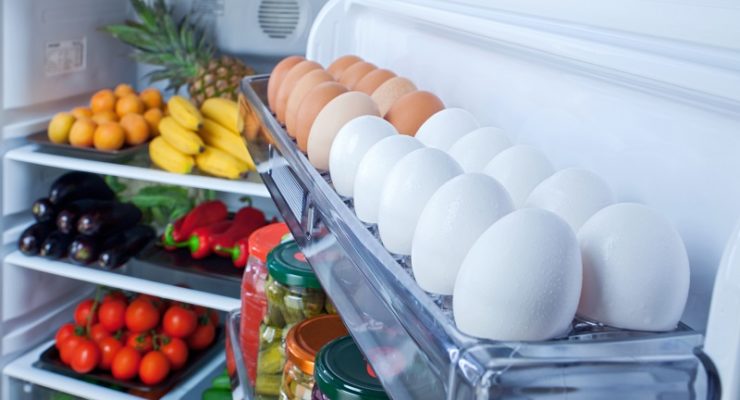
Post a Comment